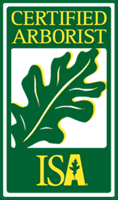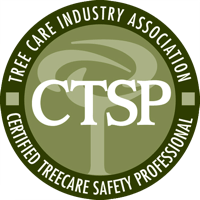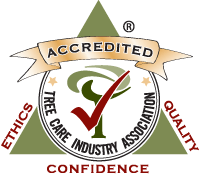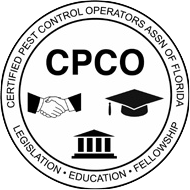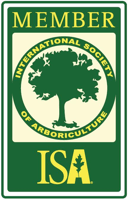Trees bring immeasurable value to commercial properties. They enhance curb appeal, offer shade for visitors and employees, and contribute to a healthy environment. However, sometimes a tree can become a liability rather than an asset. Knowing when it’s time to remove a tree can prevent costly property damage, injuries, and further stress on the surrounding landscape. In this blog post, we’ll explore six common signs that it may be time to call a professional tree service to remove a problematic tree.
1. Dead or Dying Branches
One of the most visible indicators that a tree may need removal is the presence of large dead or dying branches. These branches can break off unexpectedly, potentially harming people or damaging vehicles and nearby structures. Dead branches also attract pests and diseases, which can spread to other healthy trees in the area. Look for branches that have lost their bark, appear brittle, or fail to produce leaves during the growing season.
Why This Sign Matters
- Safety Hazard: Falling limbs can pose serious risks.
- Property Damage: If branches extend over buildings or walkways, they can cause expensive damage if they come crashing down.
- Spread of Disease: Insects and pathogens thrive in decaying wood, threatening neighboring plants.
2. Fungal Growth
Fungi, such as mushrooms and conks, often indicate internal decay. If you notice mushrooms growing near the base of the trunk or fungal conks protruding from the bark, it may mean that the tree’s structural integrity is compromised. While not all fungal growth is catastrophic, a professional arborist can determine the extent of the damage.
Why This Sign Matters
- Root & Trunk Decay: Fungal growth often suggests rot in critical parts of the tree.
- Longevity Concerns: Once decay sets in, the tree’s lifespan can drastically shorten.
- Hazard Potential: A structurally weakened tree is more likely to fail in a storm or high winds.
3. Leaning Trees
A slight lean is common in many trees. However, if a tree on your commercial property suddenly begins to tilt or the angle of the lean increases rapidly, it’s time to act. A leaning tree may have root or trunk damage that could lead to its collapse. Signs of a hazardous lean include cracked soil around the roots, exposed root systems on one side, or visible trunk cracks.
Why This Sign Matters
- Immediate Danger: A leaning tree can fall at any moment, especially during bad weather.
- Potential Damage: Nearby buildings, power lines, and landscaping could be at risk.
- Employee & Customer Safety: Protecting people who frequent your property is paramount.
4. Root Damage
Roots are the foundation of a tree. When they’re compromised, the tree’s stability and overall health are at risk. Root damage can occur due to construction, soil compaction, or improper planting techniques. If you notice significant roots breaking the surface, or if heavy equipment has recently driven over the root zone, it might be time for an expert assessment.
Why This Sign Matters
- Instability: Damaged roots can’t effectively anchor the tree, raising the risk of toppling.
- Nutrient Deficiency: Compromised roots struggle to absorb water and nutrients.
- Secondary Infections: Root wounds are entry points for pests and diseases.
5. Pest Infestations
Termites, wood-boring beetles, and other pests can infiltrate a tree and cause extensive internal damage. They often target weakened or stressed trees, speeding up the decline process. Signs of infestation may include sawdust-like material around the trunk, small exit holes, or visible colonies of insects on the bark.
Why This Sign Matters
- Widespread Damage: Pests can move from one tree to another if not promptly addressed.
- Structural Compromise: Infested wood loses its strength, raising the risk of breakage.
- Tree Death: In severe cases, pests can kill a tree in a relatively short time frame.
6. Excessive Storm Damage
South Florida experiences storms and hurricanes that can deal a heavy blow to local trees. If a tree sustains significant damage in high winds—like large cracks in the trunk or a substantial loss of limbs—removal might be the safest option. A professional inspection can confirm whether the tree can recover or if it poses a risk to the surrounding area.
Why This Sign Matters
- Immediate Threat: Storm-damaged trees are often unstable and prone to falling.
- Costly Repairs: Addressing a fallen tree can be far more expensive than preventative removal.
- Safety First: Public walkways and parking lots need to be clear of hazards.
Conclusion
Removing a tree is never an easy decision, especially on a commercial property where first impressions matter. However, ignoring these warning signs can lead to safety issues, property damage, and long-term landscape problems. If you suspect one or more of these signs in any trees on your South Florida commercial property, don’t wait—it’s always safer and more cost-effective to consult with professionals.
Contact Zimmerman Tree Service today to schedule a thorough inspection and explore your options. Our certified arborists will help you determine the best course of action for your property’s safety and aesthetics.

